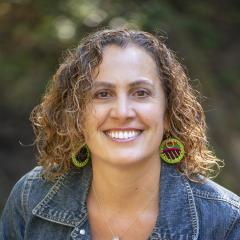Balazs study of drinking water and arsenic in the Central Valley featured on KQED
Public health advocates cheered when the Environmental Protection Agency approved a stricter standard for arsenic in drinking water in 2001. Arsenic, a naturally occurring element in the earth’s crust, contaminates water supplies when it migrates from rocks into groundwater. Chronic exposure to arsenic in drinking water can cause serious skin and digestive problems and has been linked to several types of cancer.
But as a recent study shows, not everyone is reaping the benefits of the revised safety standard. Six years after the new rule went into effect, poor communities—who can’t afford the costs of compliance—face the highest risk of exposure to unsafe arsenic levels.
UC Berkeley researchers analyzed arsenic levels in hundreds of community water systems in California’s San Joaquin Valley, one of the poorest regions in the United States. Most residents are Latino farmworkers. Many speak little English. They live in one of the country’s most productive agricultural regions, but they don’t share its bounty.
As the study's lead researcher, Carolina Balazs, showed in a paper last year, low-income Latinos in the valley are more likely to have high levels of nitrates in their water. Her arsenic study, published in November, finds no clear link between ethnicity and arsenic exposure. But it does show that if you’re poor and live in the San Joaquin Valley, you’re more likely to have unsafe levels of arsenic in your water.
